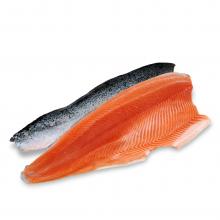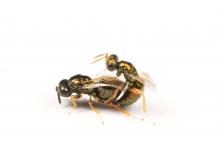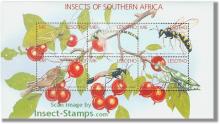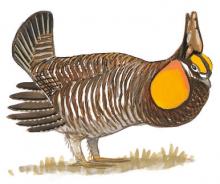Wild salmon populations in New Zealand show significant and alarming drops in numbers since about the mid-1990s
As wild salmon populations have declined dramatically, Fish and Game New Zealand (FGNZ) is hosting a symposium to discuss the problem. FGNZ councillor Matthew Hall, of Ashburton, said population surveys carried out every year, including in Otago rivers, had shown significant and alarming drops in numbers since about the mid-1990s. ''The New Zealand population of sea salmon in the last 10 years has been the lowest since they were introduced in the 1900s,'' Mr Hall said.










